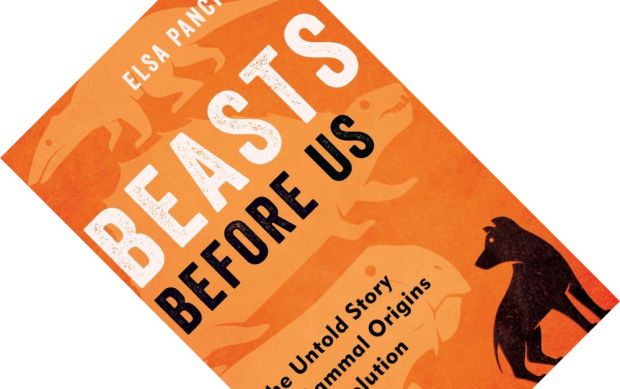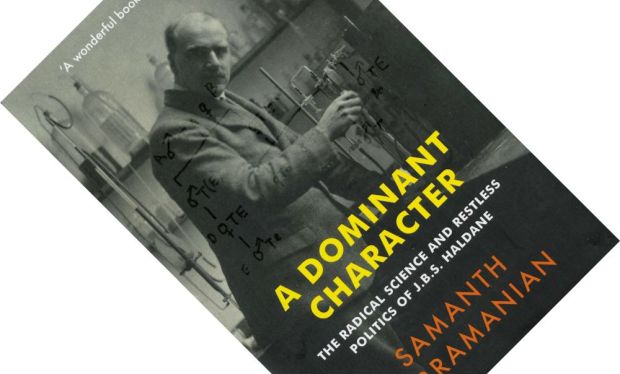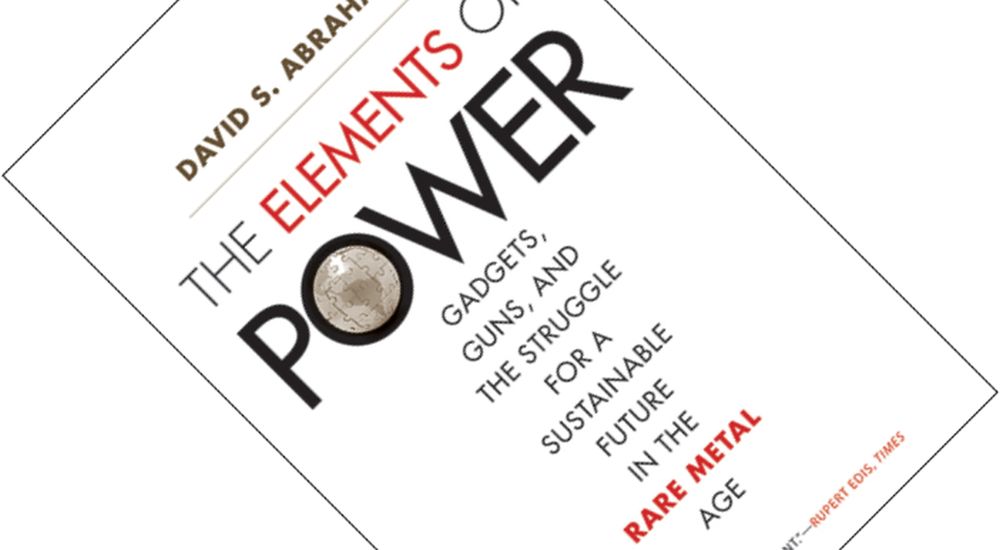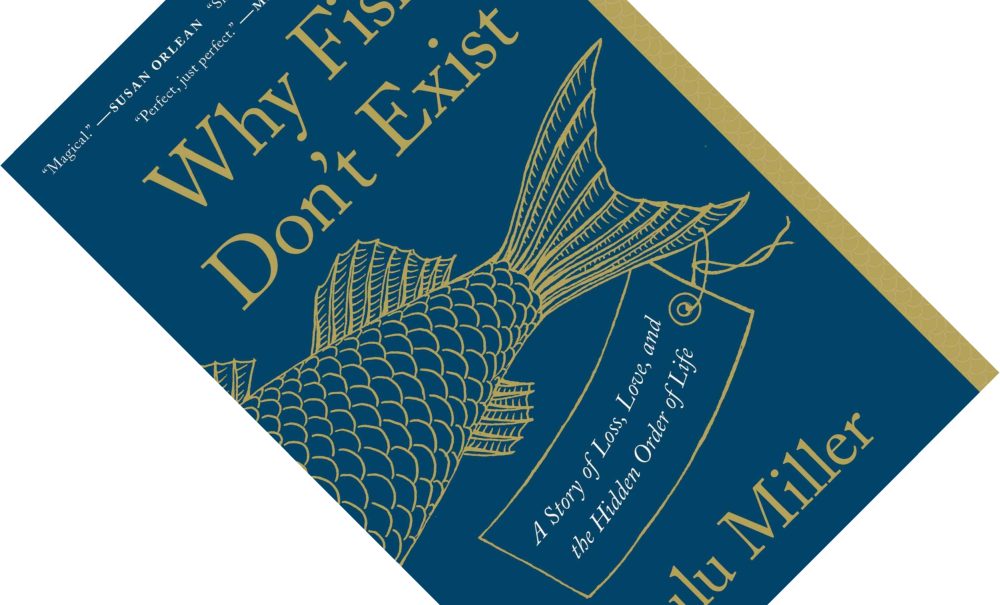8-minute read
You would think that after centuries of studying spider webs we have a pretty good grasp of them. Yet a thorough, book-length review of their construction, function, and evolution has been missing. Emeritus Professor William Eberhard has taken on that colossal task, based on his nearly 50 years of observing spiders and their webs. Some works go on to define their discipline. Spider Webs has all the trappings of becoming the arachnological benchmark for many years to come.










